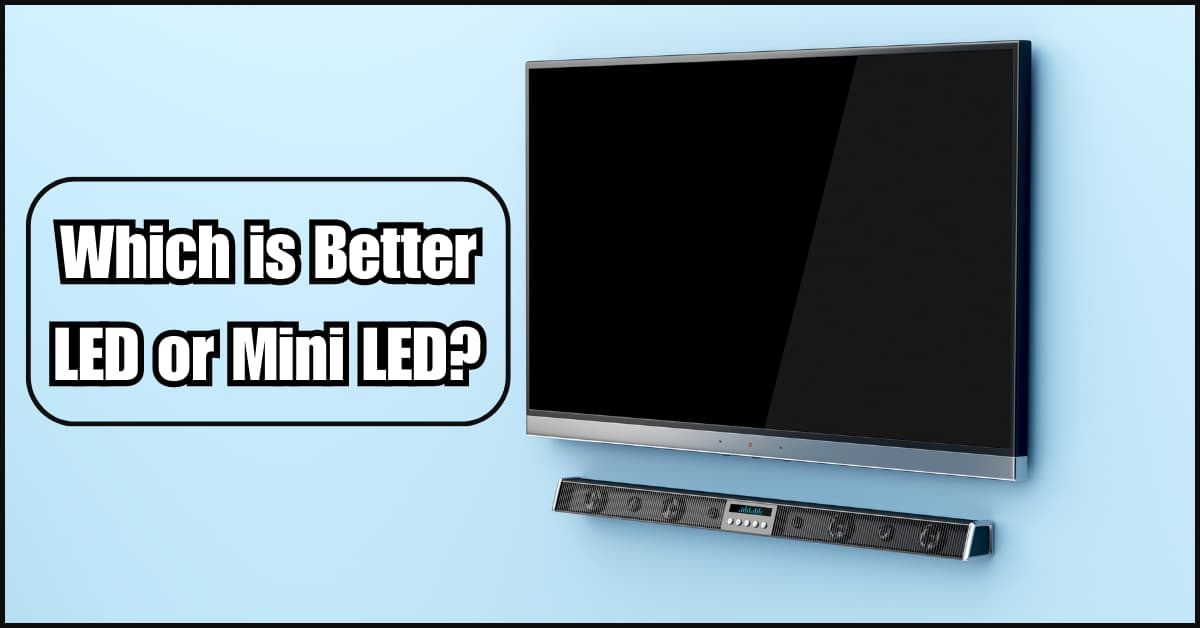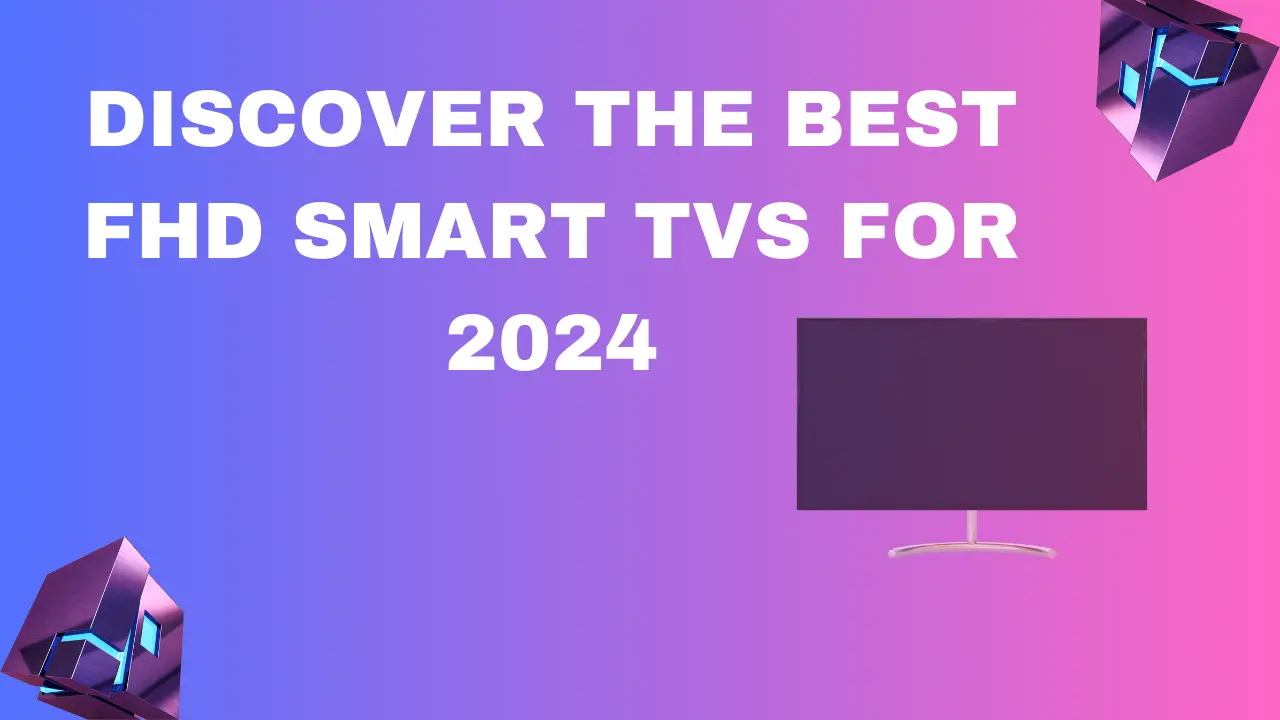
What is Mini LED?
Mini LED is a game-changer in the field of display technology. Mini LED is a state-of-the-art display technology that improves the functionality and aesthetic appeal of LED-based displays, particularly in terms of brightness, contrast, and local dimming capabilities. By combining a substantially higher number of smaller-sized LEDs in the backlight, Mini LED technology transforms the conventional LED (Light-Emitting Diode) technology in a spectacular way. This invention improves backlighting control and precision, offering a variety of advantages. In particular for HDR (High Dynamic Range) material, mini LED displays’ increased brightness makes for more vivid and brilliant images.
By utilizing more accurate local dimming capabilities, the technique also offers higher contrast ratios, deeper blacks, and greater contrast between bright and dark areas. This enables the reduction of blooming or halo effects by dimming or turning off a portion of the screen. In addition, although having higher brightness levels, Mini LED displays are power-efficient because they use smaller, individually programmable LEDs, reducing energy waste. High-end televisions, gaming monitors, and professional displays are where Mini LED technology is most prevalent since it offers higher performance without the risk of burn-in that comes with OLED screens. Mini LED continues to transform the visual environment as a cutting-edge and in-demand display technology, enthralling audiences with its gorgeous visuals and great display quality.
How Does Mini LED Display Technology Work?
The way that a little LED display operates is by illuminating the panel with a variety of miniature LEDs. These LEDs, which typically measure a few hundred micrometers in size, are considerably smaller than those utilized in conventional LED displays. Thousands or even tens of thousands of these small LEDs are tightly packed together behind the screen to form the Mini LED display panel. A Mini LED display’s LEDs are arranged into various dimming zones, each of which has multiple LEDs. The display’s backlighting may be precisely controlled thanks to this zoning. Mini LED displays may create remarkable contrast and deeper blacks by independently regulating the brightness or shutting off particular zones.
The matrix addressing method is used to implement the control mechanism for Mini LED displays. With this method, the display is divided into a grid of pixels, each of which corresponds to a particular set of LEDs. The brightness of each LED in the group can be individually regulated. Localized dimming, which allows for the darkening of some sections of the screen while leaving others bright, improves contrast and visual quality.
A backlight module is used to create the desired visuals on a Mini LED display. An optical diffuser, a light path plate, and a layer of LEDs are the standard components of this module. The light that the LEDs produce is dispersed evenly across the display panel via the diffuser and light guiding plate.
What is the Main Benefit of Mini LED?
The main benefit of using Mini LED technology is its increased brightness, higher contrast, accurate local dimming, energy efficiency, and lack of burn-in issues. For a variety of applications, including high-end televisions, gaming monitors, professional displays, and other visual displays that need great performance and display quality, Mini LED displays are very attractive due to these benefits.
Are There Any Downsides?
Mini LED displays have exquisite drawbacks, which includes better fees because of their present day nature. Production is difficult because of the delicate alignment of smaller LEDs. Blooming, caused by backlight leakage, impacts picture satisfactory. These troubles may improve over the years as the technology evolves.
Mini LEDs Improve Local Dimming
Yes, local dimming capabilities in display devices are considerably improved by mini LED technology. The ability to individually alter the brightness levels of various parts or zones of a display’s backlight is known as local dimming. Local dimming enhances picture quality by accurately altering the brightness in certain areas, resulting in greater contrast, deeper blacks, and better contrast.
Mini LED vs. Micro LED vs. OLED: What’s the Difference?
Three different display technologies – mini LED, micro LED, and OLED – each have unique qualities and benefits. Here is a comparison of their main variations:
- Mini LED: Mini LED is an advanced backlighting technology for LCD (Liquid Crystal Display) panels. It involves using a higher number of smaller-sized LEDs in the backlight, resulting in enhanced brightness, improved contrast ratios, and precise local dimming capabilities. Mini LED displays offer an upgrade over traditional LED displays, delivering better picture quality and energy efficiency.
- Micro LED: Micro LED is a next-generation display technology that uses microscopic LEDs as individual pixels. Each pixel is composed of several microscopic LEDs that emit light independently. Micro LED displays offer several advantages, including superior brightness, contrast, color accuracy, and fast response times. They also have the potential for high pixel density and scalability, allowing for large, seamless displays. However, Micro LED technology is currently in the early stages of development and commercialization, and its availability and affordability are limited.
- OLED (Organic Light-Emitting Diode): OLED displays use organic compounds that emit light when an electric current is applied. Unlike LCD technology, OLED does not require a separate backlight. OLED displays offer several benefits, including deep blacks, high contrast ratios, wide viewing angles, fast response times, and the ability to create flexible and curved displays. Each pixel in an OLED display can individually emit light or be turned off, resulting in excellent contrast and vibrant colors. However, OLED displays are susceptible to burn-in, where static images can leave a permanent imprint on the screen if displayed for extended periods.
How Does Mini LED Improve on Traditional LED TVs?
Contemporary LCD shows utilize LEDs for backlighting, that could cause mild leakage and washed-out black scenes. To cope with this difficulty, producers added local dimming, a method where particular LEDs in the back of the panel are dimmed to enhance black levels and decrease interference.
However, popular LEDs have limitations in terms of the variety that can be located at the back of the panel. For example, one TV version has round 384 dimming zones, while some other model with mini LED technology boasts approximately 1,000 zones and numerous micro LEDs. This era provides more unique manipulate, ensuing in deeper blacks and decreased washout. It bridges the distance between traditional LEDs and OLED/micro LED presentations, all at the same time as keeping aggressive pricing. Mini LED serves as a powerful intermediate solution, elevating photograph pleasant and affordability as compared to standard LEDs.
Why was Mini LED Developed?
Mini LEDs offer large benefits over conventional OLED era for numerous packages. In cellphone devices, backlit Mini LED displays excel in clarity, compactness, color rendering, comparison, and brightness for gaming monitors. Manufacturing fee financial savings of 70 to 80% over OLED displays are realized post-infrastructure investment. Moreover, Mini LEDs showcase longer lifespans and immunity to burn-in troubles. In automobile presentations, Mini LEDs cope with OLED demanding situations via offering finer granularity and brightness control, ensuring most appropriate visibility irrespective of viewing angles. For high-quit TVs, Mini LEDs offer a risk for LCD technology to regain market proportion lost to OLED, presenting a competitive side inside the top class phase. Their compatibility with “chip on board” architecture simplifies integration, making them appealing for compact programs like automobiles and slender pixel pitch LED displays, fostering a promising destiny marketplace.



